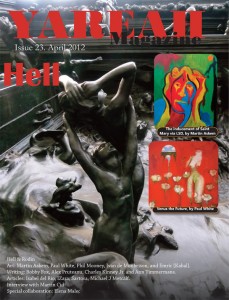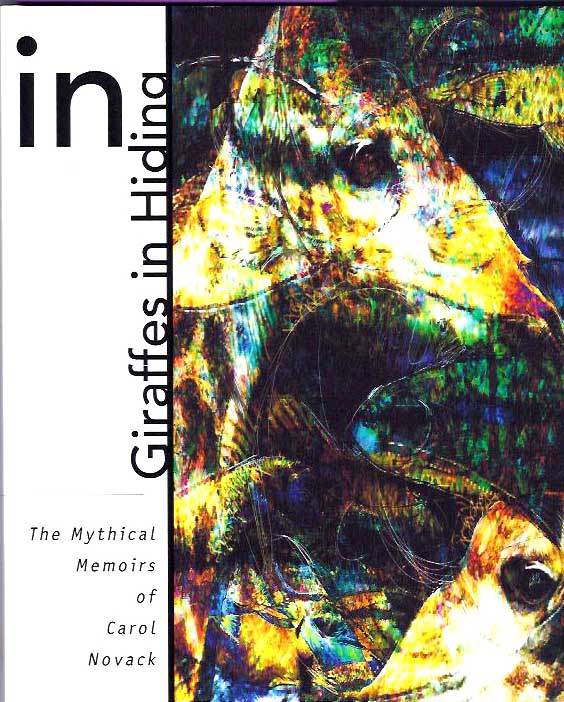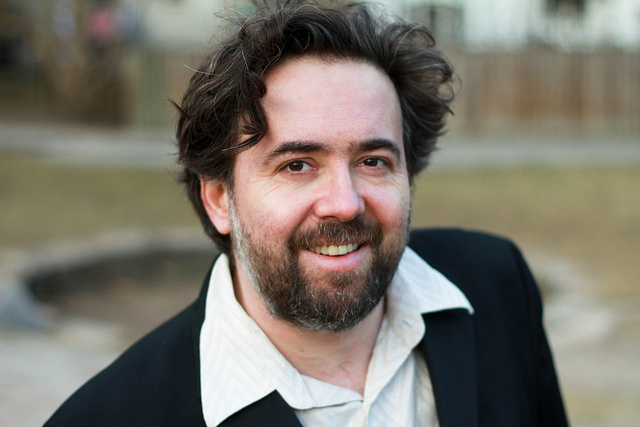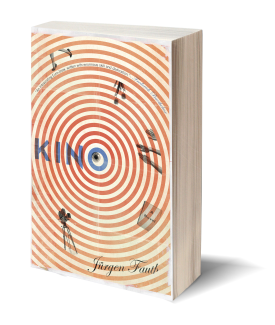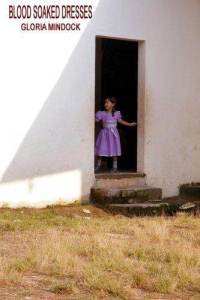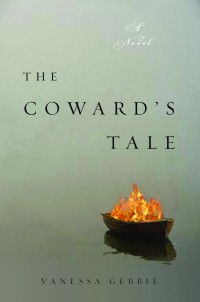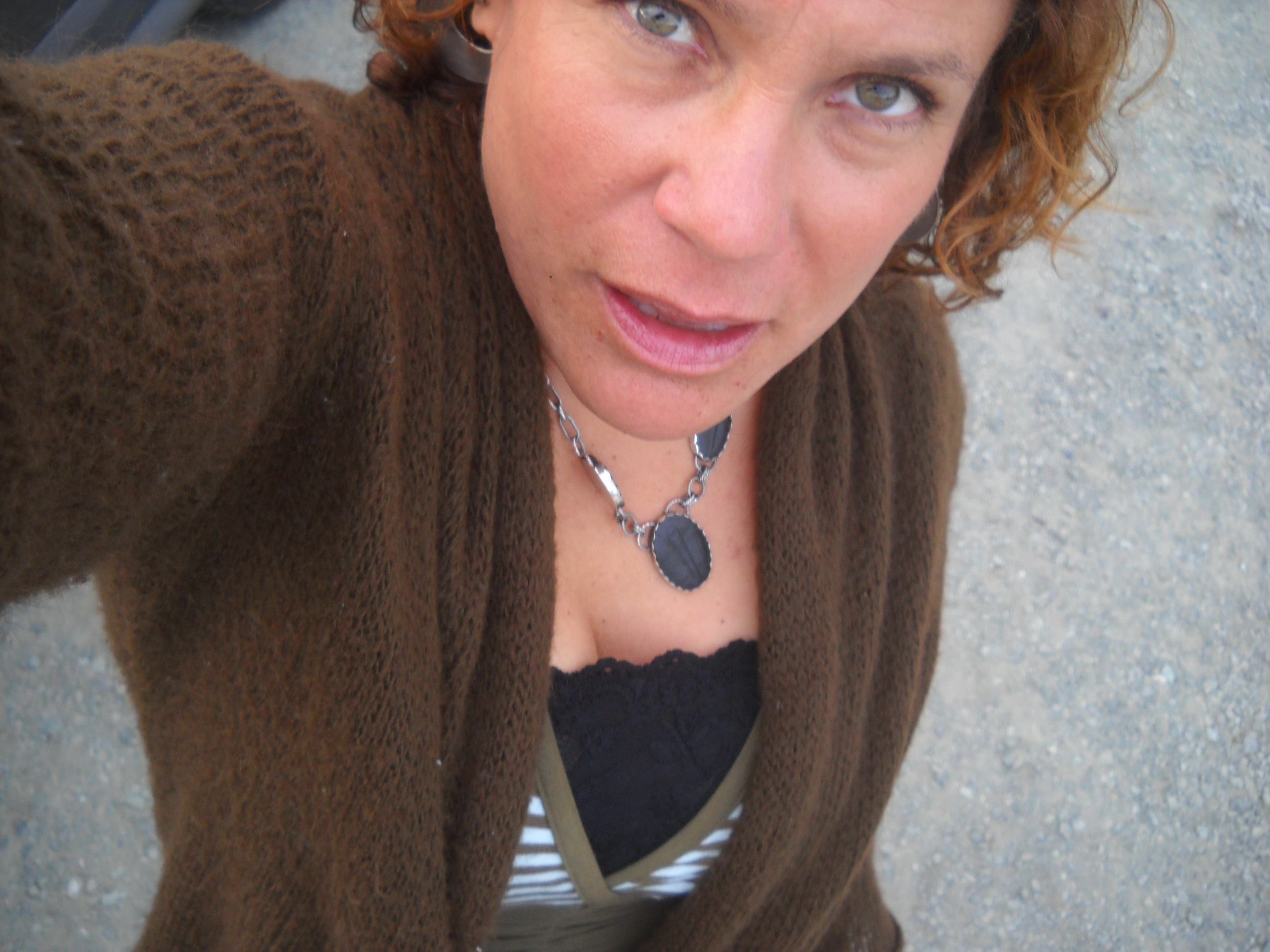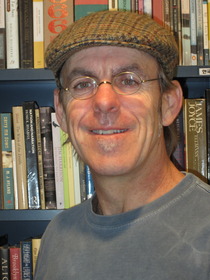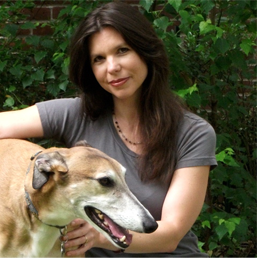
Molly Peacock, a poet and a creative nonfiction writer, is the author of The Paper Garden: Mrs. Delany Begins Her Life’s Work at 72 (McClelland and Stewart, October 2010, in Canada; Scribe Publications, October 2010, in Australia; Bloomsbury USA, April 2011, in the US; Bloomsbury, July 2011, in the UK) and six books of poetry, including The Second Blush (W.W. Norton and Company, June 2008, in the US and McClelland and Stewart, March 2009, in Canada) and Cornucopia: New & Selected Poems (W.W. Norton and Company in the US and UK and Penguin Canada, 2002). Among her other works are a memoir called Paradise, Piece By Piece and How To Read A Poem and Start A Poetry Circle (1998, 1999; both published by Riverhead Penguin in the US and McClelland and Stewart in Canada). She is the editor of a collection of creative non-fiction, The Private I: Privacy in a Public World (Graywolf Press) and the co-editor of Poetry in Motion: One Hundred Poems from the Subways and Buses (W.W. Norton, 1996). Her poems have appeared in The New Yorker, The Nation, The New Republic, The Paris Review, and The Best of the Best American Poetry.
Former Poet-in-Residence at the American Poets’ Corner (Cathedral Church of St. John the Divine, New York) and former President of the Poetry Society of America, Peacock is one of the creators of Poetry in Motion on subways and buses throughout North America.
Molly, since you were my first writing mentor, I’m delighted to ask this first question: What is your feeling about having mentors as a writer? Talk about the mentor relationship if you will, its importance to a writer…
I wouldn’t be alive without my mentors! Meg, I remember you so distinctly from your early days in New York. To me it felt that you were in a state both lost and determined—like most of us when we get serious about writing! You came to study with me privately. The idea of private study, which was so ordinary, say, in music, where composers tracked the generations of composers with whom they studied, wasn’t so common in poetry. But with the example of my friend Nita Buchanan, a learning disabilities specialist in private practice, I began to take private students in my tiny apartment on East 71st Street, forging relationships that decades later became codified in Brief Residency MFA programs. My task with you was to find some way to give you both literary companionship, a literary model, and to see your work from the inside out. That meant to see it not as a finished literary product, the way an agent or an editor might see it, but as a somewhat older, more developed literary artist might see it, from inside the vision. I felt I had to make myself light as a parakeet (but with a big brain!) who perched on your shoulder and saw your work almost from your eyes.
It was an act of poetic acrobatics. I loved it, and I hope I helped you. That idea of seeing the work through the poet’s eyes, not solely through my own, came partly from what is now a 37-year relationship with my therapist. It also came from sheer teacherly enthusiasm, the legacy of my third grade teacher Mrs. Knowlton and my seventh grade teacher Mrs. Baeumler. Lastly, it came from my mentor at The Johns Hopkins Writing Seminars. It was Richard Howard’s assumption that if a student is talented, you should do something for that student in the literary world, pointing the student toward a literary magazine, or writing a blurb.
You mean you really felt your grade school teachers were mentors? Tell us more about Mrs. Knowlton, Mrs. Baeumler and, of course, Richard Howard.
Mrs. Knowlton. I loved that the word “know” was inside her name. She was young and adventurous. In 1955 she and her husband bought a used hearse and outfitted it as a camper, then drove from snowy Buffalo, New York all the way to Mexico. How poetic is that? No one I knew in all my eight years had been more than an hour and a half from Buffalo, except to go to war.
And my seventh grade teacher, Mrs. Baeumler, with whom I still have a yearly lunch, created my first experience of an art colony. In her English class we wrote every day, and there I wrote my first serious poems. With those poems in hand, she badgered the school system to create a literary magazine for children. They did, fired by her zeal.
My mother admired them, and her admiration of women whose enthusiasms carried them beyond the bounds of fifties’ normalcy was a portal for me. Of course they were mentors, role models, sudden flashes in the sky that revealed a way.
Leaping forward decades to my literary mentor, Richard Howard: Richard taught me as well as poets Phillis Levin, Rachel Hadas, and Tom Sleigh in his first graduate course at Hopkins. This erudite man’s vulnerability as he attempted his first graduate teaching bonded us in special ways. Imagine – the premier man of letters of his generation walking along St. Paul Street in Baltimore with his students, turning to me and actually asking how he was doing! He didn’t seem to conceive of himself as a teacher; instead, he thought of himself as a model and a mentor. Casually he said to me one day, “So what are you going to do when all this emotion runs out of your free verse poems?” I couldn’t imagine my emotion ever running out (and it hasn’t, frankly) but I recognized what he meant when he next said, “You need some structure to underpin all this.” (He made a characteristically flamboyant grimace when he said, “all this!” meaning, I think, all my twenty-eight-year-old existential angst. But with that statement he launched me into what later became known as formalism.
What do you do when you feel stuck or uninspired and does it work to trick the brain into working? When you just sit there and look at the page and think, oh crap. Then what?
When I was in my twenties, I realized that if I stopped writing for a period of time, I would have trouble starting again. This process seemed like pumping water from a well that hadn’t been used for a season. (There was no running water at my grandparents’ house, which my mother kept after they passed away. If I arrived in the spring after the pump hadn’t been worked all winter, I’d have to pump and pump and pump to get anything going from the well. It was a misery!) One day, after all this priming, I got rusty, unusable water from the well. But at least it was water, and I knew that if I kept going, eventually it would run clear and drinkable. This is exactly the way it is with not writing for a while. You don’t do it. Then it’s so hard to get going. Then you write rusty crud. Then finally it’s clean and running. I thought, I don’t want to do this with my writing all the time. The hiatus is not worth the energy and fear that the pump won’t work. All you have to do to insure a pump will lift water from a reasonably deep well is to use it. And so I decided not to stop writing. Ever. Even if the work is terrible, full of sludge, you keep it flowing. If you have flow, eventually you’ll have something lucid and fresh and essential to living—and by that I mean good writing. So I don’t stop. If I’m stuck, it’s temporary. Even a few words keep it going.
How can we as writers help each other the most?
By abandoning the piece-of-the-pie mentality, where you think that if someone else gets a reward then you get less, because they’ve gotten a bigger piece of the pie. The pie metaphor is so limited! Think of the rewards for writing as air, as rich and limitless as what we breathe—or as oceans. Jean Rhys reputedly said that she was one more drop in the ocean of literature. Because someone’s up, it doesn’t mean you are down. Writers can help each other by being ready with a compliment.
Please talk about (discuss here) your one-woman shows.
The Shimmering Verge, the one-woman show in poems I developed for three years and performed for three-more, taught me was a huge respect for performance. Before Cornucopia, my New and Selected Poems came out, I asked the fabulous Canadian director Louise Fagan (whom I knew from doing a benefit performance of the Vagina Monologues) to help me develop a standard reading to give, something almost wash-and-wear, so that I didn’t have to start from scratch each time. I wrote down all the comments I might say in between the poems, and when I read it all to her, she said, “This is the beginning of a one-woman show.”
We slowly began to work together, doing short performances, until we had a lighting designer, a costume, an entire package, which was then performed at The Cathedral of St. John the Divine. Later it had an Off-Broadway showcase.
But the underlying reason for the show was that, in my early fifties, I was feeling so invisible. Doing the show was a way for me to reclaim myself from the curtain an aging woman disappears behind. I’m sixty-five now, and, Meg, the show worked. I made a transition as a woman and a writer to a place of…hmmm, I guess I’d call it “wise attraction.”
Will you tell us about the birth of The Paper Garden: An Artist Begins Her Life’s Work at 72. Anything about how this book came about… anything about the process of writing The Paper Garden that you would like to share!
“Wise attraction” is the lure of the life of Mary Delany, one of the inventors of collage.
On a September afternoon in 1986 I stepped into the Morgan Library and saw 100 of Mrs. Delany’s amazing cut paper flower collages glowing on the gallery walls. I was as much hooked on their beauty as on the fact that someone so elderly had embarked on making them. They were sophisticated and intoxicating, and I had to have the book that went along with them, but found the British hardcover in the gift shop too expensive for my teacher’s budget. In 2003, after I had given a poetry reading and my husband had given a lecture at Oxford University, we stopped in London to visit the British Museum, and there in the gift shop was the same book I hadn’t been able to buy in 1986. I bought it immediately. It was a sign that I had to do something.
What challenges did you face while doing your research and writing the book?
I came to the book as a poet, not as an art historian or a botanist or a social historian or even someone steeped in 18th century literature. I had to learn to become a biographer, and I had some great teachers both because of the privilege of a fellowship at the Leon Levy Center for Biography at the CUNY Graduate Center and because of observing my scholar husband as he works. I began to realize that I could use my poet’s skills –noticing things intensely and comparing them imaginatively –and my life skills, too. I had the persistence, but could I use Mrs. Delany’s flexibility to write her life? I was overwhelmed, but being overwhelmed, I discovered, repeats the confusion of youth. And I began this big project in response to a woman who also began a big project in mature years.
What parallels can you draw between your poems and Mrs. Delany’s flowers?
A single blossom on her Passion Flower has more than two hundred tiny slivers of paper in it. Making a poem, for me, requires just that sort of layering of fragments to build up a whole. Mrs. Delany’s flower portraits make her flowers into figures, women with flower heads and leafy gowns, all built from botanical accuracy. I hope some of my own poems are like that. Sometimes I think of her paper collages as sonnets, the world compressed into the flower of fourteen lines.
What are you working on currently? What is next?
I’ve just finished an alphabet book for grownups of all ages called AlphabeTique: the Lives of the Letters, I’m working on, gulp, three books simultaneously. First, I’m working on a new book of poems, tentatively called The Plum; second, I’m collecting all I’ve written about poetry for the University of Michigan Press; and last I’m writing a new nonfiction book about 19th century women botanical illustrators, called The Secret Gardeners.
The Fictionaut Five is our ongoing series of interviews with Fictionaut authors. Every Wednesday, Meg Pokrass asks a writer five (or more) questions. Meg is the editor-at-large for BLIP Magazine, and her stories and poems have been published widely. Her first full collection of flash fiction, “Damn Sure Right” is now out from Press 53. She blogs at http://megpokrass.com.


